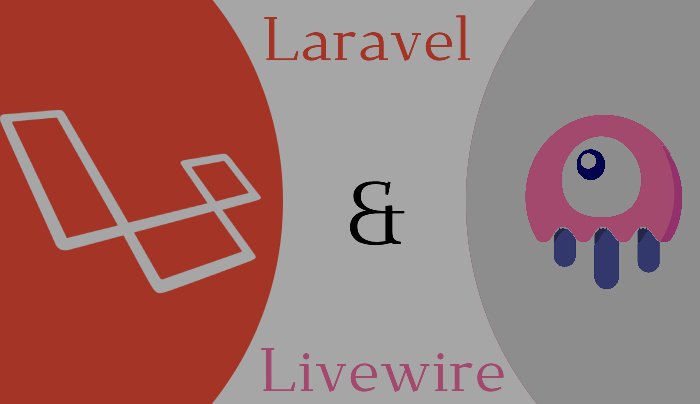Laravel Service Providers and Service Containers
Introduction
Service providers and service containers are fundamental components of the Laravel framework. In this article, we will explore the purpose of these components, how they work, and their significance in the development process.
Service Providers
A service provider is a class that is responsible for providing services to your Laravel application. These services are typically instances of classes that perform various tasks, such as interacting with the database, sending emails, or managing sessions. When your application boots, Laravel initializes the service providers listed in the 'providers' array of the 'config/app.php' file. These providers, in turn, register the services they provide in the Laravel service container. For example, the 'AppServiceProvider' class is a service provider that registers a single service: the 'app' instance, which is an instance of the 'App' class. Here's how the 'AppServiceProvider' class registers the 'app' service:
public function register(){
$this->app->singleton('app', function ($app) {
return new App($app);
});
}
The 'singleton' method tells the service container to register the 'app' service as a singleton. This means that the service container will only create one instance of the 'app' service and reuse it whenever it's needed.
Service Containers
The Laravel service container is a powerful dependency injection container that is responsible for resolving and managing dependencies. Dependency injection is a design pattern in which an object receives its dependencies from an external source, rather than creating them itself. When a service provider registers a service, it's essentially defining a binding between an abstract service and a concrete implementation. The Laravel service container uses these bindings to resolve and manage dependencies efficiently. For example, consider a scenario where a class depends on an instance of the 'Illuminate\Http\Request' class. Instead of creating a new instance of the 'Request' class in the class constructor, the class can declare a dependency on the 'Illuminate\Http\Request' class.
class MyClass{
protected $request;
public function __construct(Request $request){
$this->request = $request;
}
}
When the Laravel service container instantiates an instance of the 'MyClass' class, it will automatically resolve the dependency on the 'Request' class by creating a new instance of the 'Request' class and injecting it into the 'MyClass' constructor.
In summary, Laravel service providers and service containers play crucial roles in the development process. Service providers are responsible for registering services with the service container, while the service container manages and resolves dependencies efficiently. By understanding and utilizing these components effectively, developers can build robust, scalable, and maintainable Laravel applications.
Conclusion
Service providers and service containers are integral components of the Laravel framework. They facilitate the development of modular, scalable, and maintainable applications by abstracting the creation and management of dependencies. To enhance your understanding of these concepts, consider exploring the official Laravel documentation, which provides detailed explanations and examples. Additionally, incorporating these components into your own Laravel projects can help solidify your knowledge and enable you to develop more robust and efficient applications.
Recent Posts
.jpg)

.jpg)
.jpg)
.jpg)
.jpg)
.jpg)

 (1).jpg)
.jpg)